Growing potatoes is a rewarding experience, especially when you get to harvest and enjoy the fruits of your labor. But what if you don’t have a garden or ample outdoor space? Enter the innovative method of growing potatoes in a cardboard box. This method is not only sustainable but also space-saving, making it ideal for urban gardeners and those with limited outdoor areas. In this comprehensive guide, we’ll delve deep into the process, benefits, and best practices of growing potatoes in a cardboard box. By the end of this article, you’ll have a clear understanding of how to successfully cultivate potatoes using this method, ensuring a bountiful harvest.
I ran across very interesting video on a YouTube channel called ‘Self Sufficient Me’ about growing potatoes in a cardboard box. Mark is quite entertaining and does a good job of showing exactly how he does it, start to finish. Check it out…
Video Summary:
- Mark from “Self Sufficient Me” discusses innovative methods to recycle materials and cultivate food crops.
- In this episode, he explains:
- How to grow potatoes in a cardboard box.
- Transforming the used box into worm food for a holistic, sustainable process.
- The inspiration comes from a regular influx of cardboard boxes from deliveries. Mark chose a specific box measuring 60x40x30 cm to grow potatoes.
- He used simple methods, without any protective lining or drainage holes, and utilized 500 grams of seed potatoes and premium potting mix for the cultivation.
- While there might be a cost differential between buying potatoes from a store and growing them at home, Mark highlights the three major advantages of homegrown potatoes:
- Freshness: Homegrown potatoes are fresher and can last up to four months, unlike store-bought ones which tend to spoil faster.
- Variety: While supermarkets might offer a few varieties, there are over 5,000 varieties globally, allowing growers to experiment.
- Organic Growth: Homegrown potatoes can be free from pesticides, residual chemicals, and storage in plastic, making them more organic and healthier.
- Mark shares his journey of growing the potatoes:
- Within a week, they began to sprout.
- Over two weeks, they grew sufficiently for backfilling.
- After eight weeks, the harvest was ready.
- During the harvest, Mark retrieved approximately three times the amount he had initially planted. The used potting mix was repurposed in a garden bed for a full cycle of sustainability.
- Mark also briefly discusses a future experiment aiming to produce potatoes with a deeper purple hue by adjusting the growing season.
- To wrap up, Mark composts the weathered cardboard box in a garden bed, demonstrating how worms can break it down. He emphasizes the sustainability of the method, suggesting that while the harvest was modest, the overall experiment was a success.
- He invites viewer feedback and encourages likes, shares, and subscriptions to support his channel.



How to Grow Potatoes in a Cardboard Box
Table of Contents
- Why Grow Potatoes in a Cardboard Box?
- Materials Needed
- Step-by-Step Guide
- Caring for Your Potato Plants
- Harvesting and Storing
- Frequently Asked Questions
- Final Thoughts
- Sources
Why Grow Potatoes in a Cardboard Box?
Growing potatoes in a cardboard box offers several advantages:
- Space-saving: Ideal for those with limited garden space or living in apartments.
- Cost-effective: Utilizes recyclable materials, reducing the need for expensive planters.
- Sustainable: Cardboard decomposes, enriching the soil with organic matter.
- Flexibility: Allows for easy relocation of the potato plants if needed.
Materials Needed
- Large cardboard box (at least 18 inches deep)
- High-quality potting soil
- Seed potatoes
- Compost or well-rotted manure
- Mulch (straw or leaves)
- Watering can or hose
Step-by-Step Guide
1. Prepare the Box:
- Choose the Right Box: Opt for a sturdy cardboard box, preferably one that has been used for heavy items. This ensures it can hold the weight of the soil and plants.
- Reinforce the Bottom: Double or triple layer the bottom with additional cardboard pieces. This provides added strength and durability.
- Drainage: It’s crucial to have proper drainage to prevent root rot. Make multiple holes at the bottom of the box. If you’re placing the box on a balcony or wooden deck, consider placing a tray underneath to catch excess water.
2. Layering:
- Initial Soil Layer: Begin with a 6-inch layer of potting soil. This serves as the base for your seed potatoes.
- Placement of Seed Potatoes: Lay out your seed potatoes on this initial layer. Ensure they have eyes (small growths) as these will sprout into plants. Space them at least 12 inches apart to give them room to grow.
- Subsequent Layers: As the potato plants grow, they’ll need more soil to cover the developing tubers. Every time the plant grows about 6 inches, cover half of it with a mix of soil and compost. This “hilling” process encourages more potato growth.
3. Covering:
- Soil and Compost Mix: A blend of potting soil and compost or well-rotted manure provides the nutrients potatoes need to thrive. As you add layers, ensure you’re using this mix.
- Depth: By the end of the growing season, the box should be nearly filled with soil, with just the top of the plants peeking out.
4. Watering:
- Consistency is Key: Potatoes need consistent moisture, especially during tuber formation. However, they don’t like to be waterlogged. Aim for damp, but not soggy, soil.
- Watering Technique: Water slowly, allowing the moisture to seep down to the roots. This might mean watering a little, waiting, and then watering a bit more.
5. Location:
- Sunlight: Potatoes thrive in full sun. Ensure your box is placed in a location where it’ll receive at least 6 hours of direct sunlight daily.
- Protection: While they love sun, potatoes can be sensitive to extreme heat. If temperatures soar, consider providing some afternoon shade or moving the box to a slightly shaded location.
By following this guide, even novice gardeners can enjoy the satisfaction of harvesting their own potatoes from a cardboard box. The process is eco-friendly, space-saving, and surprisingly simple, making it a perfect gardening project for all ages.
Caring for Your Potato Plants
1. Watering:
- Frequency: While potatoes need consistent moisture, it’s essential not to overwater them. Check the soil’s moisture level by sticking your finger about an inch deep. If it feels dry, it’s time to water.
- Morning Watering: It’s best to water your potatoes in the early morning. This allows excess water on the leaves to evaporate throughout the day, reducing the risk of fungal diseases.
- Avoid Waterlogging: Ensure that the drainage holes at the bottom of the box are not obstructed. Stagnant water can lead to root rot.
2. Mulching:
- Benefits: Mulching helps retain soil moisture, suppresses weeds, and regulates soil temperature.
- Material: Straw is an excellent mulch for potatoes. It’s light, allows the soil to breathe, and adds organic matter as it decomposes. Alternatively, you can use leaves or grass clippings.
- Application: Lay a 3-4 inch layer of mulch on top of the soil. As you add more soil layers during the “hilling” process, add more mulch.
3. Pest Control:
- Common Pests: Watch out for pests like aphids, potato beetles, and slugs. These can damage the plants and reduce your harvest.
- Natural Predators: Encourage beneficial insects like ladybugs and lacewings, which feed on aphids. Birds can also help control pests.
- Organic Pesticides: If pests become a significant problem, consider using organic pesticides like neem oil or insecticidal soap. Always follow the manufacturer’s instructions.
4. Fertilizing:
- Initial Nutrition: The compost or well-rotted manure you mix with the potting soil will provide initial nutrients. However, as the plants grow, they’ll need additional feeding.
- Balanced Fertilizer: Use a balanced, all-purpose fertilizer every 4-6 weeks. Ensure it’s suitable for edible crops.
- Application: Follow the manufacturer’s instructions when applying fertilizer. Over-fertilizing can harm the plants and reduce your harvest.
5. Disease Prevention:
- Rotation: If you’re growing potatoes in the same location year after year, consider rotating the crop. This helps prevent soil-borne diseases.
- Healthy Seed Potatoes: Always start with disease-free seed potatoes. Avoid using potatoes from the grocery store, as they might carry diseases.
- Air Circulation: Ensure there’s enough space between your cardboard box and other plants or structures. Good air circulation reduces the risk of fungal diseases.
6. Monitoring Growth:
- Observation: Regularly check the growth of your potato plants. Healthy plants will have vibrant green leaves.
- Yellowing Leaves: If the leaves start to yellow prematurely, it could indicate a nutrient deficiency or a watering issue. Adjust your care regimen accordingly.
By adhering to this care guide, you’ll be well on your way to nurturing healthy potato plants that yield a generous harvest. Remember, the key is consistent care and regular monitoring. Happy gardening!
Harvesting and Storing
1. Harvesting:
a. Timing:
- Early Varieties (New Potatoes): These can be harvested when the plants start to flower, usually 10-12 weeks after planting. They are smaller and have a tender skin.
- Main Crop Varieties: Wait until the foliage turns yellow and dies back, which is typically 18-20 weeks after planting. This allows the potatoes to develop a thicker skin, suitable for long-term storage.
b. Technique:
- Gentle Approach: Use your hands or a hand fork to carefully dig around the plant, ensuring you don’t pierce the potatoes.
- Dry Before Storing: After harvesting, let the potatoes sit on a dry surface, out of direct sunlight, for a few hours. This helps the skin to cure, making them less susceptible to bruising or rot.
c. Don’t Wash Immediately:
- Preserve the Dirt: It might be tempting to wash off the dirt immediately after harvesting, but resist the urge. The thin layer of soil helps protect the potato and prolongs its storage life. Only wash them just before you’re ready to use them.
2. Storing:
a. Storage Conditions:
- Cool and Dark: Store your potatoes in a cool, dark, and well-ventilated place. Ideal temperatures range between 45°F to 50°F (7°C to 10°C). Avoid storing them in the refrigerator, as cold temperatures can convert the starch in potatoes to sugar, altering their taste and cooking properties.
- Humidity: A slightly humid environment is best. Too dry, and the potatoes will shrivel; too damp, and they’ll rot.
b. Proper Containers:
- Burlap or Paper Bags: These are ideal for storing potatoes as they allow for adequate ventilation.
- Wooden or Cardboard Boxes: If using boxes, ensure there are holes or slits to allow for air circulation.
- Avoid Plastic: Plastic bags or containers can trap moisture, leading to mold and rot.
c. Check Regularly:
- Inspect for Rot: Every couple of weeks, check your stored potatoes. Remove any that show signs of rot or sprouting to prevent them from affecting the others.
- Rotation: If you have multiple layers of potatoes in a container, rotate them occasionally to ensure even air circulation.
d. Keep Away from Certain Vegetables:
- Avoid Apples and Onions: These release gases that can cause potatoes to sprout prematurely. Store them separately.
e. Long-Term Storage:
- Canning, Freezing, and Dehydrating: If you have a large harvest and limited storage space, consider preserving some of your potatoes through canning, freezing, or dehydrating.
By following this guide on harvesting and storing, you’ll ensure that your potatoes remain fresh and delicious for months to come. Proper storage not only preserves the taste and texture of the potatoes but also maximizes the benefits of your gardening efforts.
Frequently Asked Questions
Final Thoughts
Growing potatoes in a cardboard box is an innovative and sustainable method that offers numerous benefits. Not only does it save space, but it also provides an opportunity for everyone, even those without a garden, to experience the joy of cultivating and harvesting their own produce. The most important takeaway is that with the right care and attention, you can achieve a bountiful harvest using recyclable materials, making it an eco-friendly and rewarding endeavor.
Sources
- Smith, J. (2019). Urban Gardening: Innovative Methods.
- O’Reilly, P. (2020). Potato Cultivation in Small Spaces.
- The Sustainable Gardening Association (2021). Growing in Cardboard Boxes.

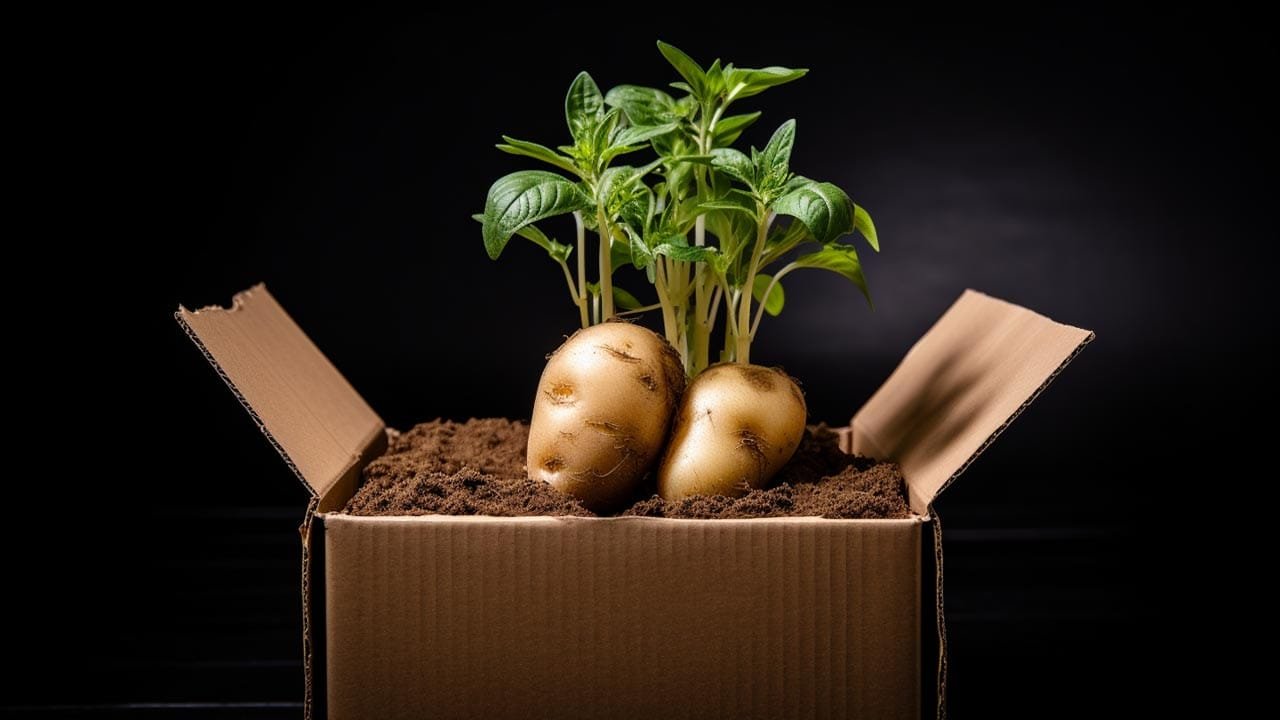

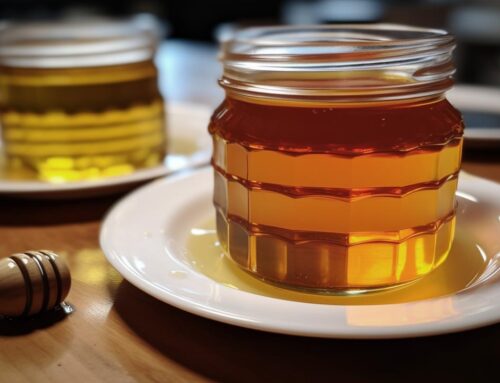
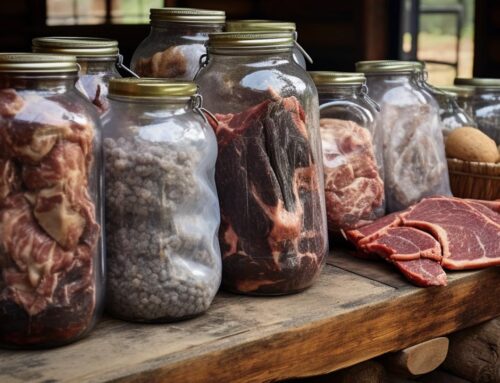
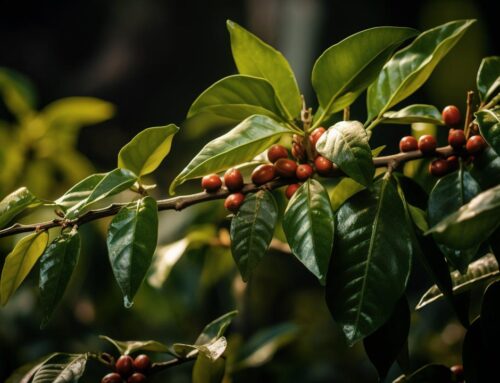
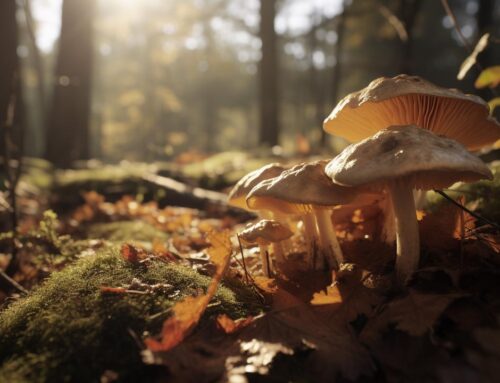
Leave A Comment